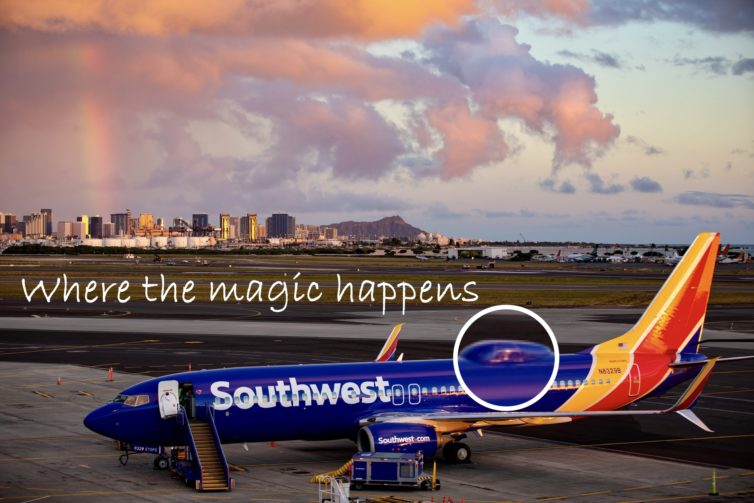
Southwest Airlines’ BYOD IFE is powered by the bump magnified above (A B738 at HNL following the airline’s first Hawaii validation flight in early 2019). – Photo: SWA Media. Edits: JL Johnson
We last looked at the Southwest Airlines BYOD in-flight entertainment (IFE) package back in 2014. At the time, the offering deserved every bit of praise given. But over the past nearly six years, the IFE space has changed a great deal. As a continued frequent Southwest Airlines flyer, when I use their IFE (and in-flight connectivity, IFC) I can’t help but cringe knowing my old review is still out there. Alas, my 2014 piece did not age well, on many fronts.
So let’s set the record straight: How have Southwest’s offerings withstood the test of time?
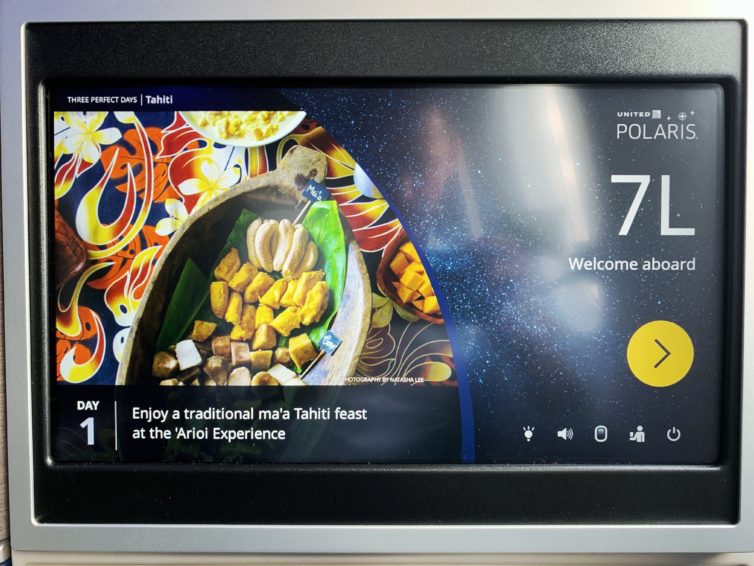
You might remember that we got to fly United’s inaugural Boeing 787-10 stretch Dreamliner service from San Francisco to Newark a few weeks ago. There was all the new plane buzz you’d expect. But one feature that deserved its own special mention was the plane’s inflight entertainment system. It was redesigned from the ground up to include tons of new features, from a better moving maps for the #AvGeeks (including us!) to live news updates, a movie+map split-screen option, a favorites list, and a trippy “relax mode.” Plus, the folks at UA went out of their way to accommodate passengers with impaired vision and/or hearing.
Read on for our report with all the details about United’s new screens in the sky!
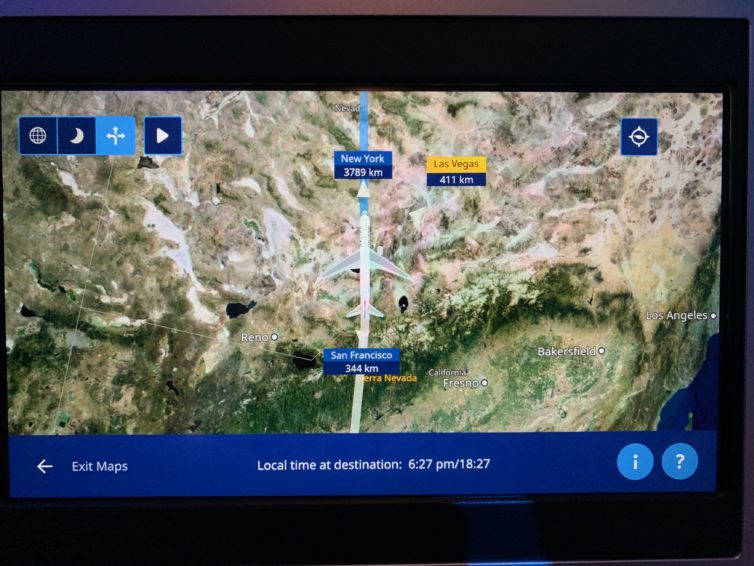
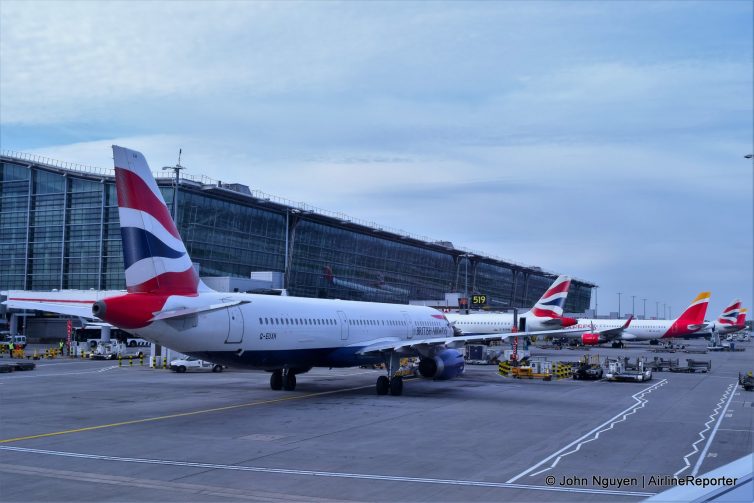
London Heathrow Airport Terminal 5
I recently had the opportunity to fly both British Airways and Iberia in short-haul economy, and talk about a 180-degree difference, especially striking when both are owned by the same parent company. While short flights don’t generally get much consideration, when one carrier offers so much more than another on the exact same route (namely between London and Madrid) for the exact same price, it’s probably better to go with the airline that will offer more and avoid the one that (spoiler alert) won’t even give you water.
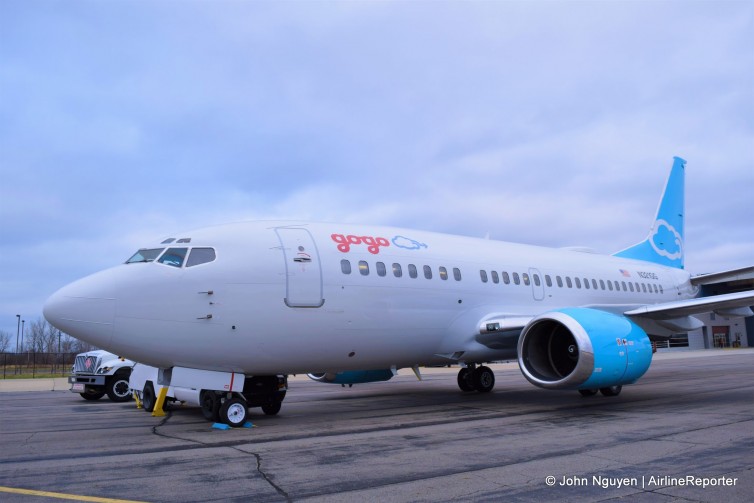
Gogo’s testbed, a Boeing 737-500 (reg. no. N321GG) dubbed the “Jimmy Ray”
You might have heard of Gogo, that company that lets you check Facebook watch Youtube be productive while you’re 30,000 feet in the air. And you might have been one of those who sighed loudly when your cat video kept pausing and buffering.
From the power user traveling for work, to the new user who will update their status to, “I’m posting this from the plane!”, most can agree that data speeds inflight are nowhere near what we’re used to on the ground. We take connectivity on land for granted, but in the air the concept is still novel and exciting (before it disappoints us multiple times with the infinite spinning “Loading…” circle).
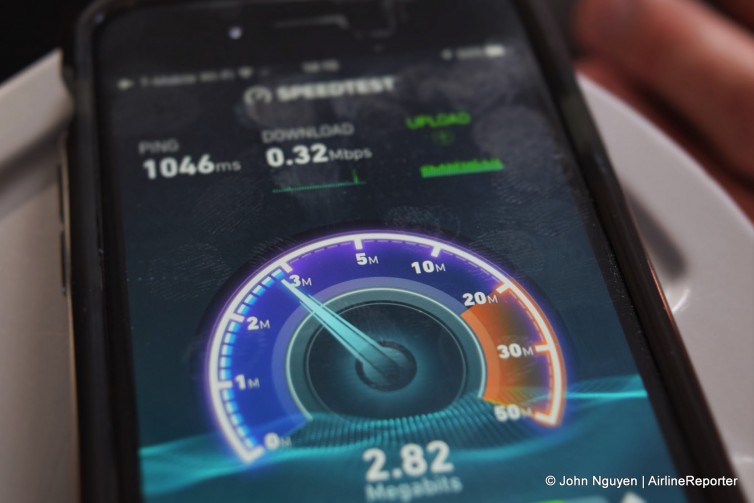
An #AvGeek testing Gogo’s speed
Gogo wants you to have really, really fast Internet, and they invited AirlineReporter to come check out their new headquarters in Chicago’s Loop, as well as to experience their test bed in action (or in #AvGeek-speak, fly on their private, tricked out Boeing 737-500). Can Internet access actually get better, and what does it mean for the regular passenger?
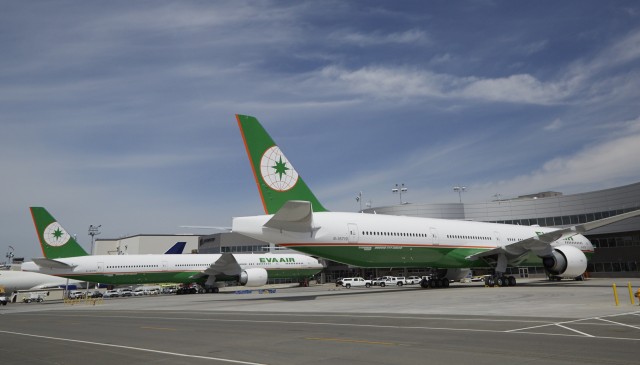
Seeing double. Two EVA Air Boeing 777-300ERs at the Everett Delivery Center – Photo: Boeing
Representatives from EVA Air, along with Taiwanese media, recently came to Seattle for a special double delivery of a pair of Boeing 777-300ERs. They weren’t the first for the airline (actually, the 16th and 17th), but they were still special. They were the first ones to offer Panasonic’s new eX3 in-flight entertainment (IFE) system and Global Communication Suite (GCS).
I have always been a fan of the green and orange livery on the outside of EVA’s 777s, but now there is more to love on the inside.
’œOur new Boeing 777-300ERs equip us to initiate significant changes in the flying experience we offer. We are going to make flying more fun and more comfortable than ever for our passengers,’ said EVA Air Chairman K.W. Chang.






